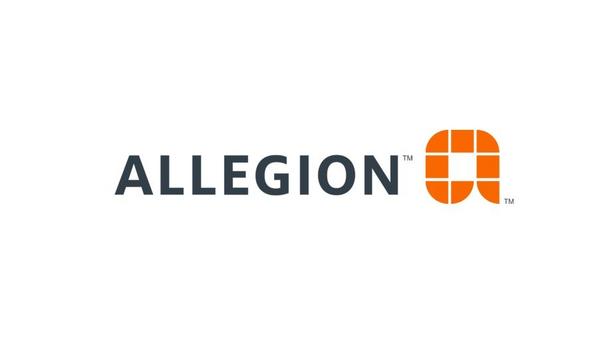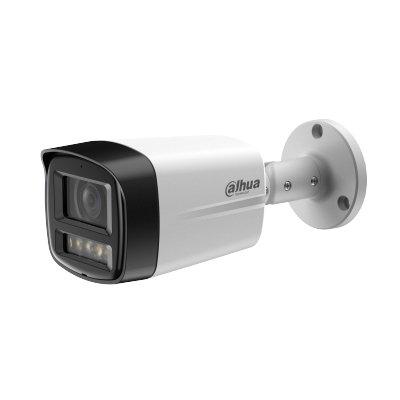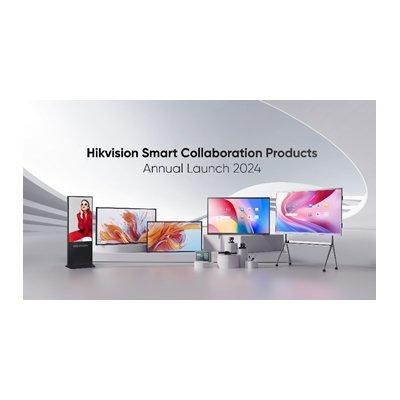Aqua Security, the pure-play cloud-native security provider issued new research that shows that nearly 70% of chief information security officers (CISOs) believe open source security solutions provide a faster way to secure their environments.
Likewise, 78% of CISOs believe open source solutions provide them with access to the best and most current innovations in cloud security, and more than 60% actively prefer to work with vendors who build open-source projects.
Cloud security and OSS
The report is based on a survey, commissioned by Aqua, of 100 U.S.-based CISOs at Fortune 1000 or larger companies representing a cross-section of industries. Its purpose was to evaluate security decision makers’ understanding and perspectives regarding cloud-native security and the use of open-source software (OSS).
Cloud-native environments will benefit from the rapid innovation and agility that are within the OSS community"
“Perceptions of open source software are evolving. What was once seen as potential risk is now seen as an enabler for both security and business,” said Paul Calatayud, CISO at Aqua Security. “This is particularly relevant for cloud-native environments, which benefit from the rapid innovation and agility that are common within the OSS community. These characteristics support CISO's interest in working with vendors who are actively supporting OSS projects.”
Perspectives on cloud-native security
The survey also evaluated CISO perspectives on risks and security approaches for software security and cloud-native environments.
According to the report, 87% of the respondents agree that securing the full application lifecycle — including infrastructure, application code and workloads is critical, and 84% agree that automated security checks across the software supply chain can accelerate software delivery.
Inventory and assessment
The easiest first step to securing production workloads begins with, an inventory and assessment
More than two-thirds of CISOs agree that the easiest first step to securing production workloads is, to begin with, an inventory and assessment of the entire environment (68%).
Using a single source of truth for cloud security is favoured by 69% of the CISOs, who value it for cutting down on the friction between different teams in application development.
Active protection and visibility
Among other findings, the study shows that 88% of CISOs prioritise both active protection and visibility for workloads as necessary to reduce business risk. 9 out of 10 believe that active protection is a critical element of cloud-native security.
“Visibility without active protection is not sufficient to keep cloud-native environments secure, which is why Gartner includes it as a key capability of Cloud-native Application Protection Platforms,” Calatayud said. “Security teams need the ability to efficiently detect and follow up on risks across their complex, distributed application portfolios, which is why we see most CISOs consider active protection as a non-negotiable for cloud-native security.”




















